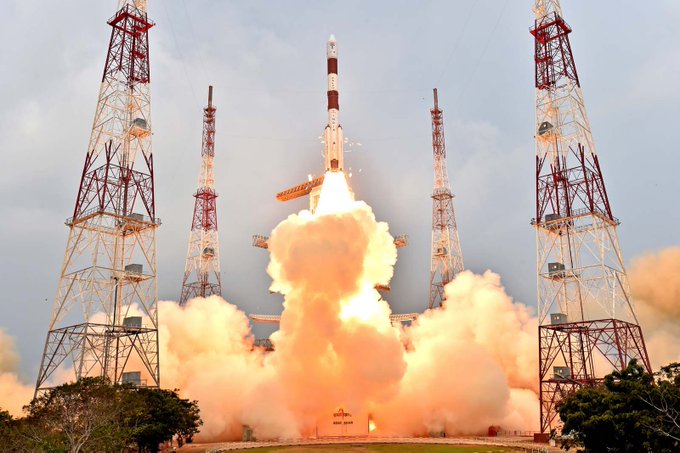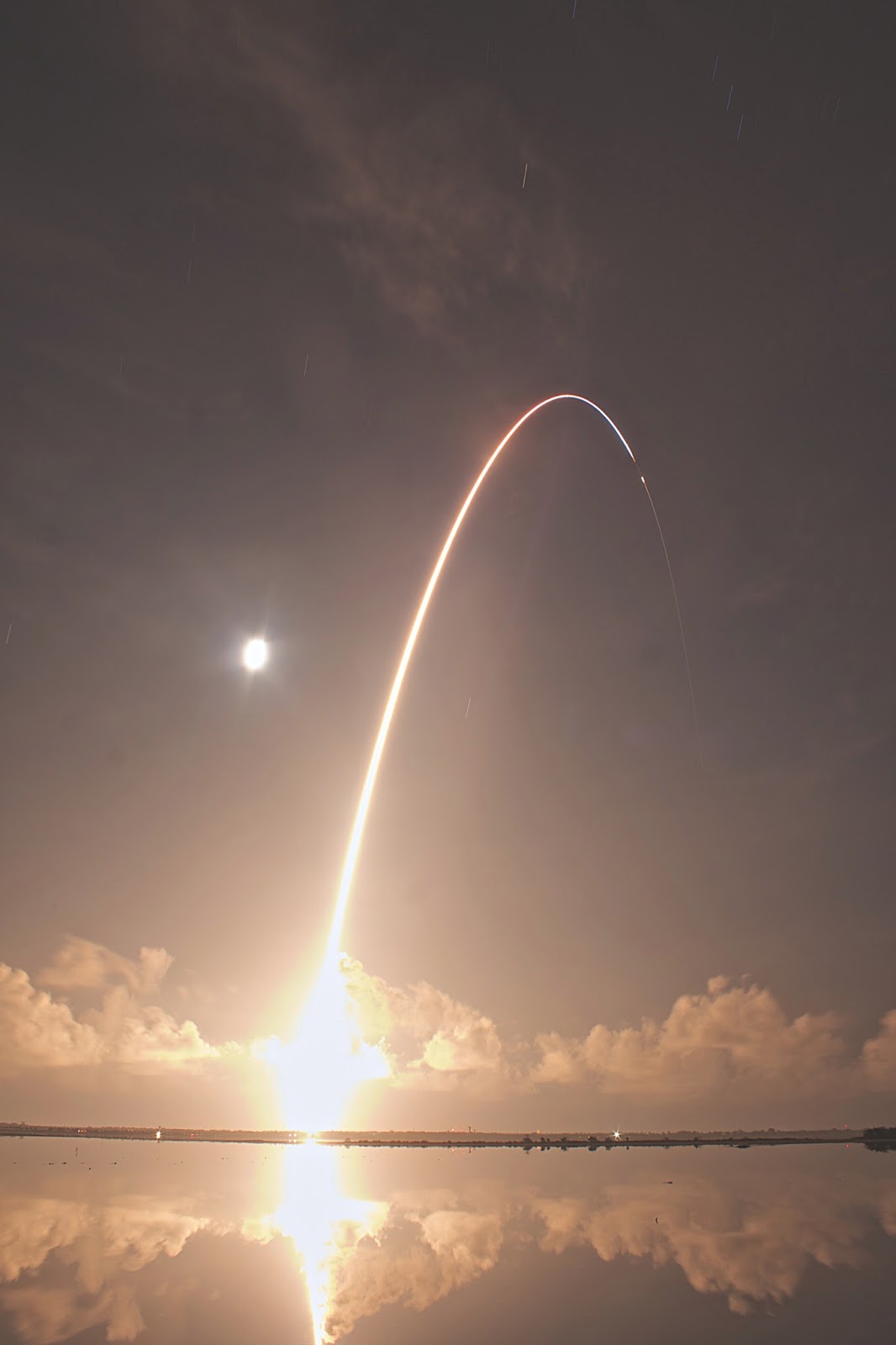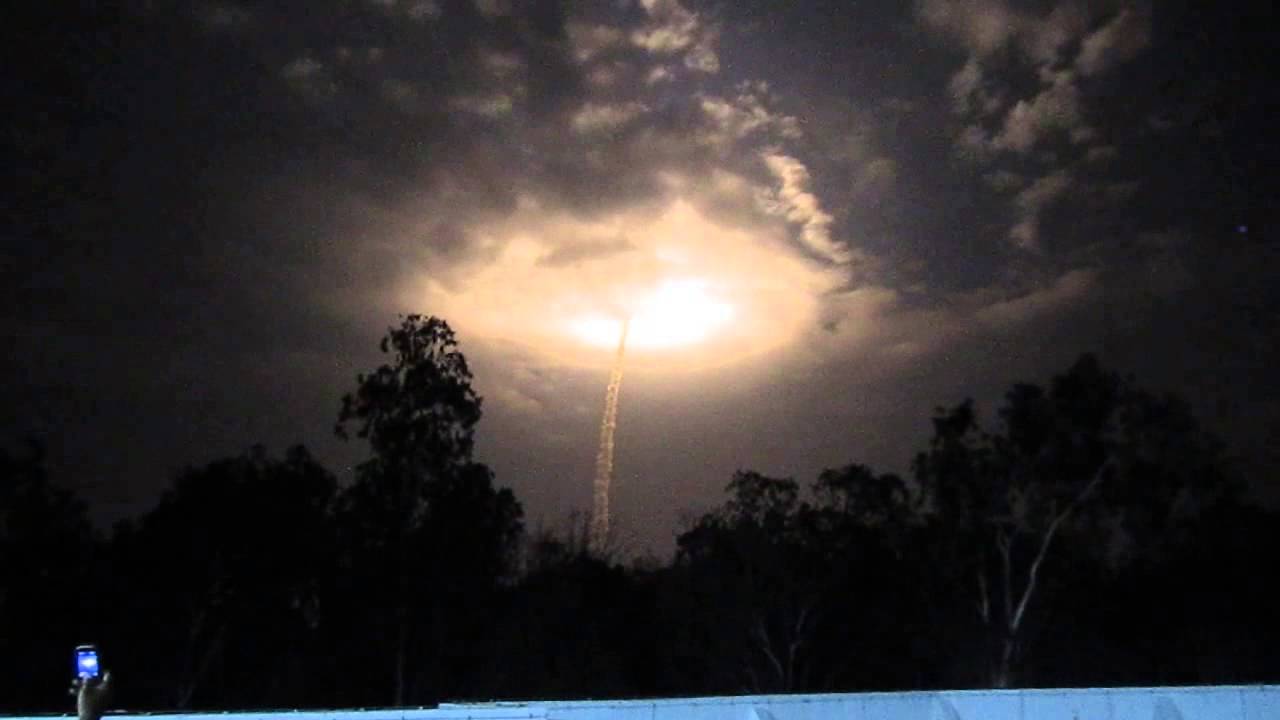LOL, you forgot to highlight the awesome parts.:biggrin2:
I'm excited but even then, I got it too optimistic because a space agency usually do not attempt other vehicle without having a good launch frequency of biggest operational.
GSLV Mk3 was expected in 2009 but appeared in 2014.
Though, ISRO has plans, will be executed, I'm convinced for 2025 and optimistic about 2020.
Let's make rocketry great again.

Yes, I have posted it few pages back.
Primary advantage will be to Deep Space Orbital Observatories like AstroSat (I meant successor of AstroSat like AstroSat -2 (2020) and XpoSat (2021).)
6 tonnes in 2018 and then, 15 tonnes in 2020.
Given thar standard size of heavy communication satellites remains in line of 5.2 to 5.8 tonnes, simply does not exceed 6 tonnes, there's no point in making 8 tonnes rocket. Instead better option would be to make at least 12 tonnes to GTO.
Wrong,
5 tonnes to GTO us usually upto 13 tonnes to LEO.
8 tonnes to GTO must have 18-19 tonnes to GTO (Japan's H-IIB for example).
10-12 tonnes to GTO is 20-25 tonnes to LEO
And 15 tonnes to GTO will be meaning at least 25-30 tonnes to LEO or up to 35 tonnes to LEO.
If you guys know, I have been reading about 35 tonnes capacity of Indian Rockets on many space reports, news and blogs etc.. Now, I realized where it referred to.
BTW,
15 tonnes to GTO in 2020 means we will be having world's largest operational rocket if SLS doesn't enter service.













